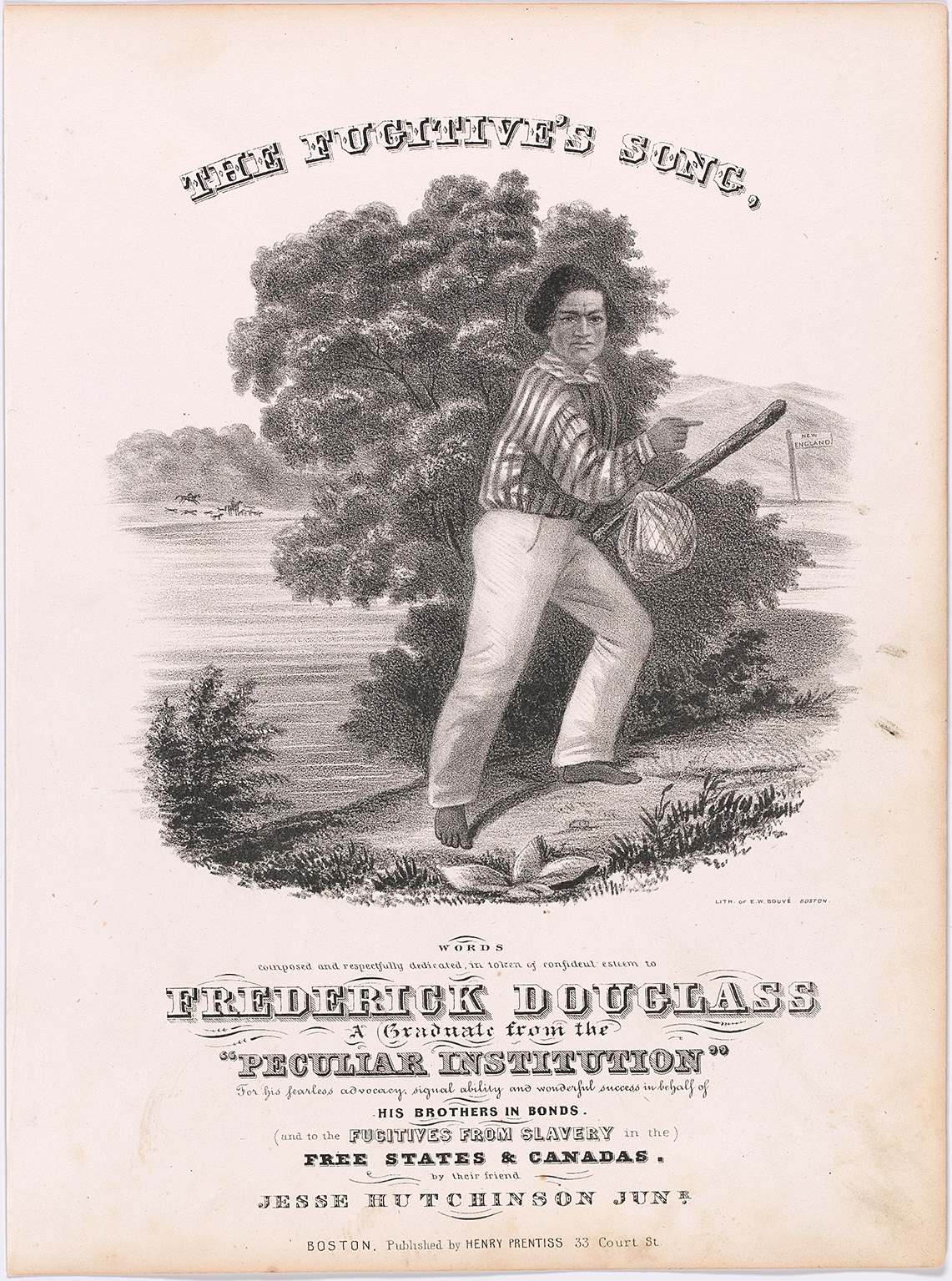Who Was Dred Scott?

Many of you may remember learning about the Supreme Court case Dred Scott v. Sanford. The 1857 decision declared that those persons of African descent—whether enslaved or free—could never become citizens, and thus did not retain the legal right to sue. To date, Dred Scott remains one of, if not, the most famous plaintiffs in the history of the United States. But who was Dred Scott?
Born in Southampton, Virginia, around 1800, Dred Scott was a slave of Peter Blow. With Blow and the rest of his family, Scott migrated to the Midwest, arriving in St. Louis in 1830. Scott was eventually sold to army doctor John Emerson, with whom he would go to Illinois and then into the Wisconsin Territory. During this time, Scott married Harriet Robinson, with whom he had four children, two sons who died during infancy and two daughters, Eliza and Lizzie.
As a slave to a military doctor, Dred Scott spent a significant amount of time moving from base to base, as well as from free state to free territory. His extended stay in the non-slave state of Illinois and in the Wisconsin Territory became the basis of his case to win his freedom. After the death of Emerson, his widow, Eliza Irene Emerson, became Scott’s owner. She eventually remarried and moved to Massachusetts, leaving her brother, John F. A. Sanford, in charge of her estate. In what must have been a very difficult process, Scott began his appeal to the court for both his freedom and that of his family. Scott went on to fight an eleven-year legal battle, beginning in 1846 in St. Louis (Scott v. Emerson). His battle ended on March 6, 1857, at the Supreme Court in Washington (Dred Scott v. John F. A. Sanford).
Imagine all of the upheaval Scott must have witnessed during his court case—not only that of his own fight, but also that of society writ large. In the Kansas-Nebraska Act of 1854, for example, the Missouri Compromise of 1820 was overridden, and the two new states were granted the right to be either slaveholding or free states—a decision made by popular vote. Slavery, already a contentious issue, was brought to the nation’s forefront in political debate. And as the country’s disunity became more apparent, war became more likely. The country remained divided about slavery—and in fact, Scott never won his freedom. He and his family were emancipated by the descendants of his first owner, the Blow family, in 1857. He died nine months later, on September 17, 1858.